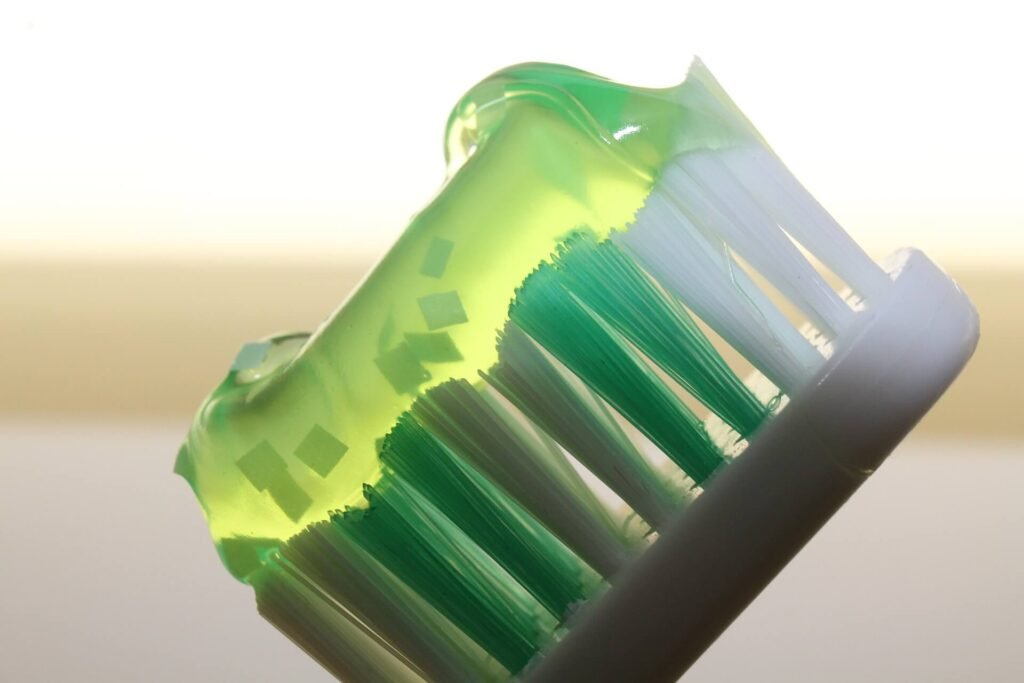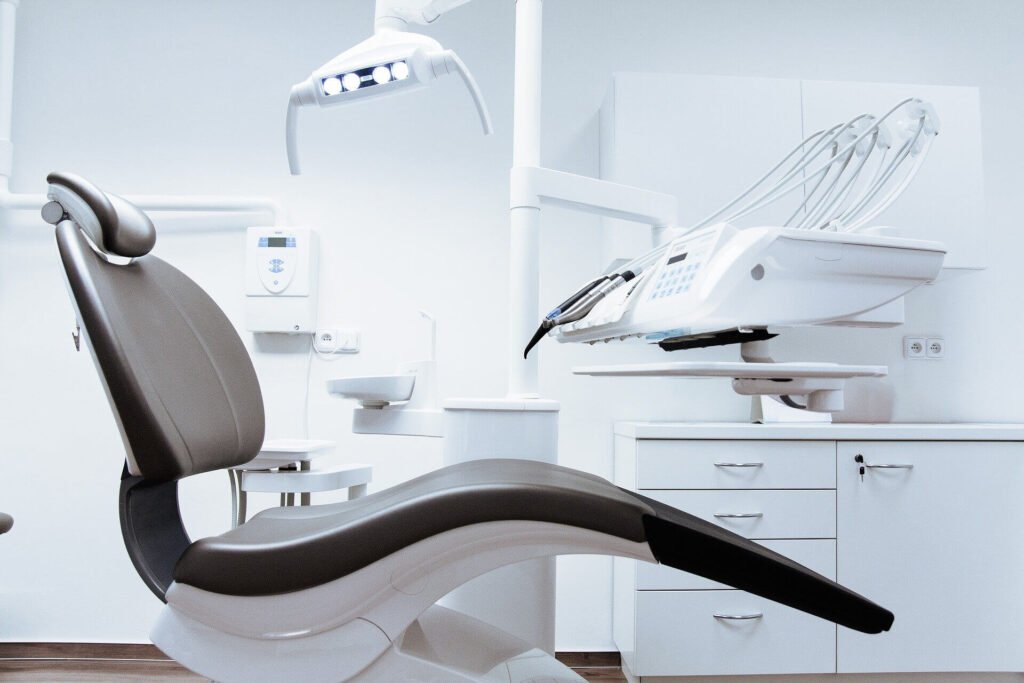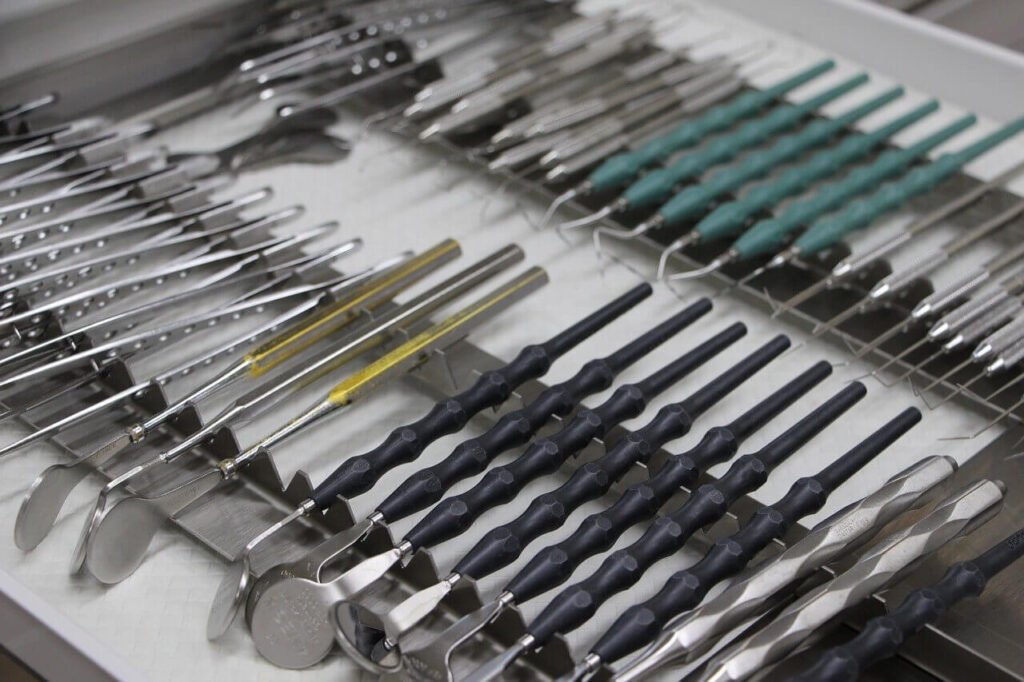Gum Disease Facts
- Periodontitis is a more advanced form of gingivitis.
- Gingivitis is one of the easier conditions to diagnosed, and can be reversed at home.
- The best prevention method is having a higher standard of oral care.
Gum disease is a fairly common problem among the general population, depending on the stage of gum disease you’re in, it may not seem like an issue at all. Since the symptoms for gum disease show up fairly early on, it’s easy to stop and reverse if you’re paying attention to your mouth.
How many types of gum disease are there?
- Gingivitis – Gums have been infected as a result of bacteria build-up.
- Periodontitis – Infection has increased, teeth may also be loose as a result.

What caused my gum disease?
- Medication – Some medications can cause gingivitis or lead to an overgrowth of gum tissue.
- Vitamin deficiencies
- Hormonal changes
- Certain jewelry that contains heavy metals
- Bismuth – An ingredient contained in some makeup
- Viral or fungal infections
- Dental impaction
How does plaque cause gum disease?
- Injuries to the teeth and bone structures.
- Loosening of the teeth and other oral structures.
- Tooth loss

What increases the risk of gum disease?
The following factors will increase your likelihood of getting gum disease:
- Smoking (including marijuana) or other tobacco use.
- Diabetes
- Certain medications
- Crooked or impacted teeth
- Broken fillings
- Pregnancy
- Genetic factors
- Medical conditions
When should I see a dentist about gingivitis?
- Better oral care – Brush for 2-3 minutes, floss, and use mouth wash twice a day, every day!
- Quite smoking – This is a difficult goal to achieve, but it’s considerably worth it.
- Change your diet – Eat less sugary foods which will decrease plaque build up
- Drink more water – Saliva can help break down food, being dehydrated will limit your production.
- Change your toothbrush – The bristles can get worn down which will make them less effective.
- Be careful when you eat – Don’t eat after brushing your teeth before bed.
How Does A Deep Cleaning Help With Gingivitis?
- Teeth scaling – The tartar will be scraped from below the gum line.
- Root planing – The gums will be smoothed back onto the teeth so they are more stable.

What is periodontitis?
Periodontitis is a more advanced form of gingivitis. There are 4 distinct stages of periodontitis:
4 Distinct Stages Of Gum Disease
Gingivitis
Slight Periodontal Disease
Moderate Periodontal Disease
Advanced Periodontal Disease
How do you treat periodontitis?
Frequently Asked Questions
You may just need to adjust your technique, or buy a brush with softer bristles. If your gums still bleed, then you should
If the gingivitis symptoms last longer than a week or two, you should definitely consider an appointment.
If the gingivitis symptoms last longer than a week or two, you should definitely consider an appointment.


